With Google's recent release of the Android 13 Developer Preview, it's that time again for the adventurous users to try out an early build. As its name states, this preview release is mainly for developers, but anyone can install it on their Pixel device. Of course, as an unfinished product with potential user-facing bugs, many users will be looking for a way to go back to Android 12 soon enough. When you're ready to return to a stable public build, this guide has everything you need to know about the installation process.
This guide involves unlocking your bootloader, which will result in a mandatory factory reset when. Before moving on, make sure to back up your Pixel device and keep any important files in a safe location.
Prepare your Pixel device in advance
Before you can uninstall the Android 13 Developer Preview, there are a few steps you need to take to prepare your Pixel. Rather than doing these at separate times, this section will have you do all the prep work at once to avoid any unnecessary steps later. To get started with the process, you can do the following:
- Open your Settings app, then go to About Phone.
- Scroll down to the Build number section and rapidly tap it 7 times to continue.
- Enter your pin or password as needed, then you’ll see a notification popup that states, “You are now a developer!”
- Press the back arrow in the Settings app, then go to System → Developer options.
- Tap the OEM unlocking option and press Enable to turn it on.
- This allows you to unlock the bootloader later, which is required to install a factory image through Fastboot Mode.
- Scroll down, tap USB debugging, then hit OK to enable it.
- Connect your phone to your computer via a USB cable.
- On your Pixel device, confirm the fingerprint key for the computer by pressing Allow when required.
- Check the Always allow from this computer box to avoid any potential connection issues that might pop up later. If the Allow USB debugging screen doesn't appear on your device right away, try reconnecting the USB cable or switching the USB debugging feature off and on again.
- Check the Always allow from this computer box to avoid any potential connection issues that might pop up later. If the Allow USB debugging screen doesn't appear on your device right away, try reconnecting the USB cable or switching the USB debugging feature off and on again.
Enabling Developer options, OEM unlocking, and USB debugging takes care of all the prep work you need to do before moving on with this guide. We recommend using the Android Flash Tool to reinstall Android 12 since it takes care of everything for you. You can, however, choose to manually install it as well, but it requires a bit more effort to get up and running.
This route is the easiest for most users because it's all done on the web with a single tool. It walks you through the instructions for each step, is easy to use, and automates the installation process for you. If you're looking for a no-fuss method to get back to a public build of Android without jumping through hoops, this is the option for you. To install Android 12 on your Pixel using the Android Flash Tool, you can do the following:
- Make sure your phone is still connected to your computer with a USB cable.
- Visit the official Android Flash Tool website on your computer and click the Get Started button.
- Tap Download Android USB Driver and follow the instructions if needed; otherwise, press Already installed to continue.
- Click the Allow ADB access button to grant the proper permissions to send data from your computer to your phone.
-
You may see the No devices available message if this is your first time using the Android Flash Tool.
- Since you already prepared your device, you can just press the Add new device button towards the bottom to continue.
- Since you already prepared your device, you can just press the Add new device button towards the bottom to continue.
- Select your Pixel in the menu popup, then press the Connect button.

After your phone has connected successfully, you can search for the specific build you want to install through the Android Flash Tool. You'll find the latest version for your device under the Public releases section. Click Back to Public, and it'll automatically select the newest one for you.
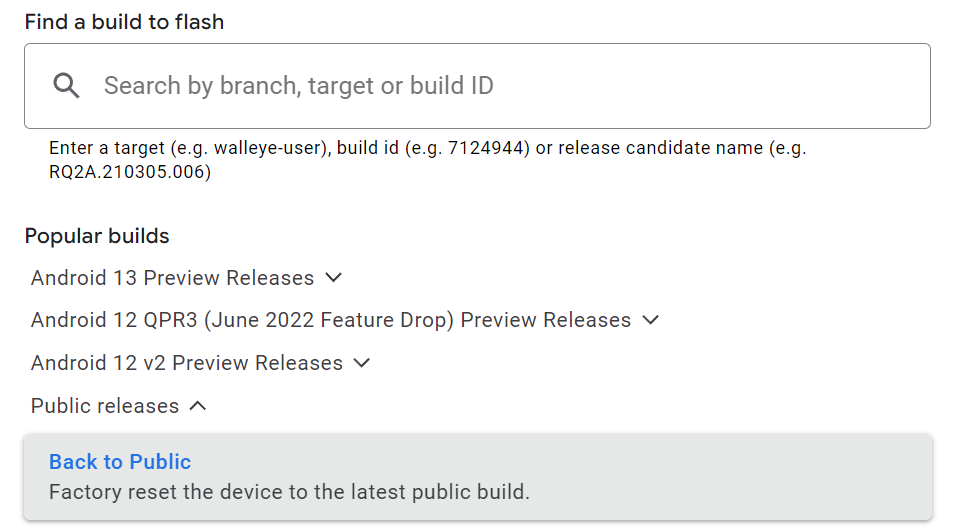
Since you're reinstalling Android 12 from a higher system version, your device will need to go through a factory reset. The Wipe, Lock, and Force Flash options are all enabled by default, so you'll want to leave these as they are. They tell the Flash Tool to factory reset your device, lock the bootloader, and overwrite all system files with Android 12. Once you're ready to go, click the Install build button to continue.
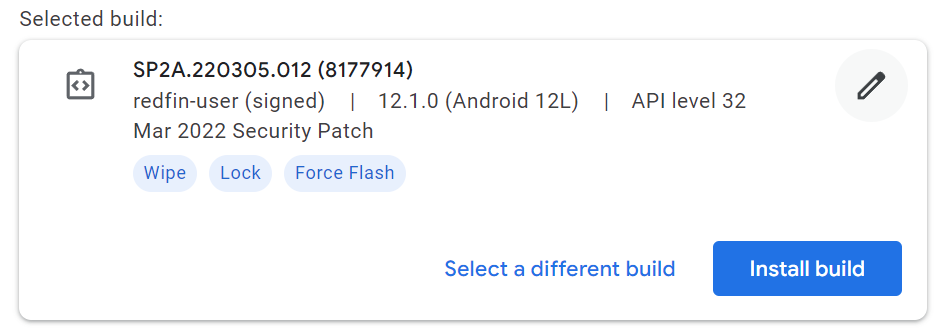
Review your settings on the overview screen, then press Confirm when you're ready.
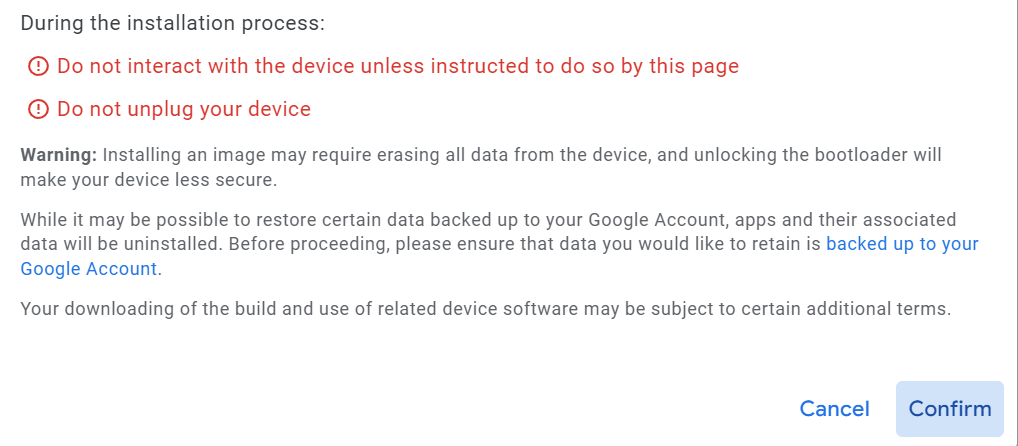
Accept the license agreement message that pops up by clicking I Accept.
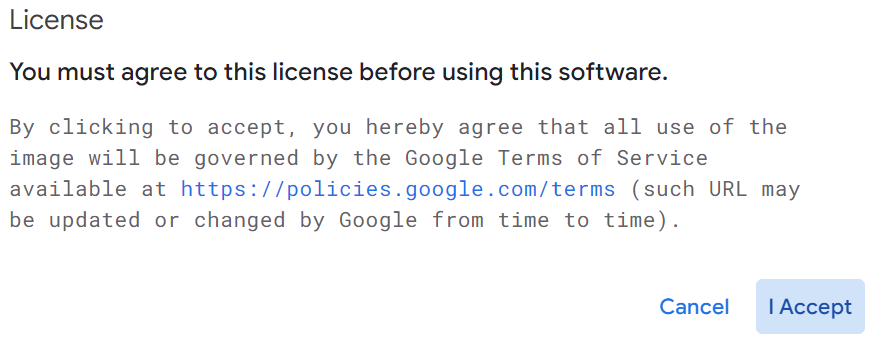
Your phone will start preparing for the installation and reboot into Fastboot Mode as a part of that process. Click the Reselect device option in the Flash Tool, select your Pixel again, then hit Connect.
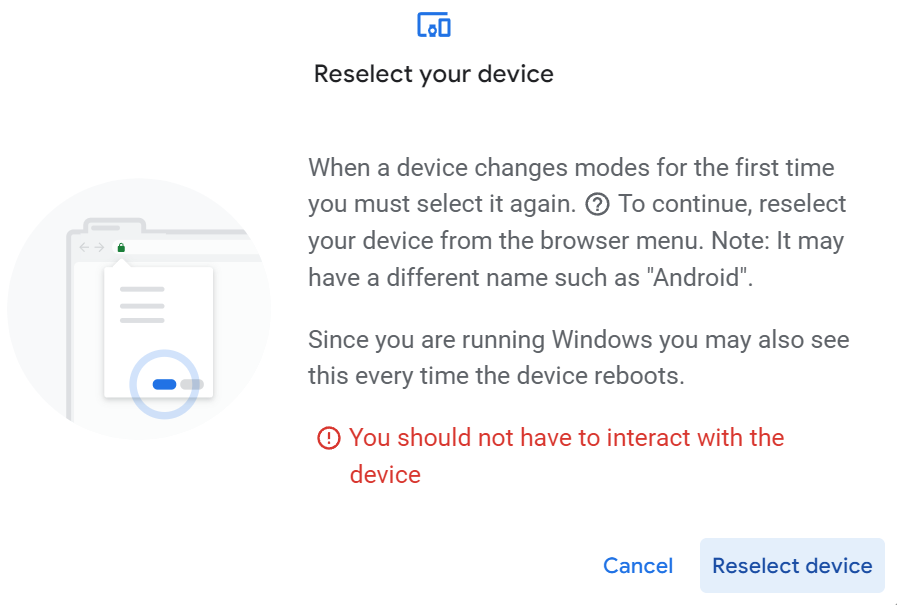
This is where the OEM unlocking feature you enabled earlier comes into play — the bootloader needs to be unlocked before installing a factory image. When the Unlock Bootloader screen pops up, tap the Start button to begin the process.
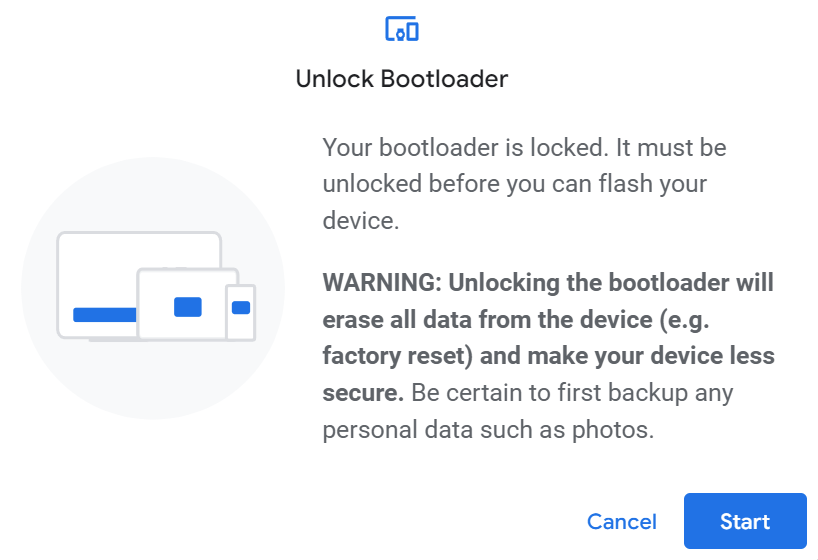
Press one of the volume buttons on your Pixel to highlight Unlock the bootloader, then tap the power button to select it. This will unlock the bootloader and perform a factory reset simultaneously. You'll reboot back to Fastboot Mode with your Device state now showing an unlocked status.
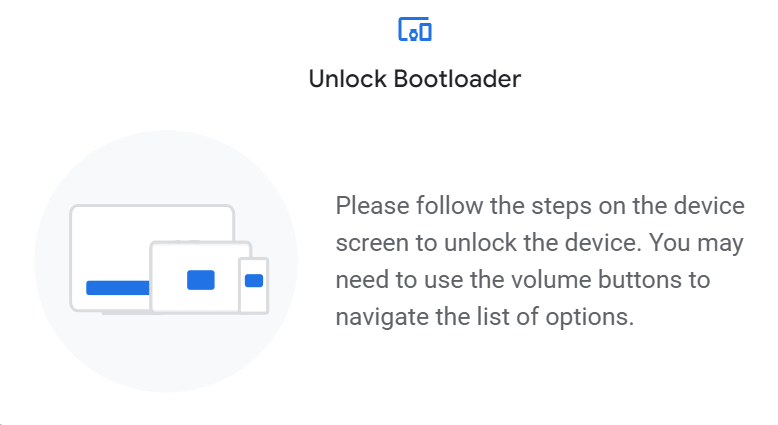
With the bootloader now unlocked, the installation process will automatically begin. It might take some time to download and install, so be patient while it overwrites Android 13 with the Android 12 system files.
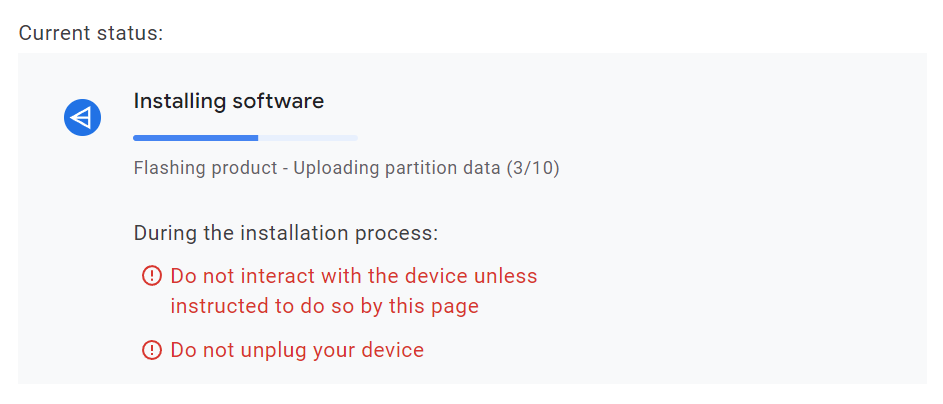
Once the Flash Tool has finished, your device should automatically reboot to the Pixel welcome screen. You now have the latest version of Android 12! You can go through the initial setup process and restore your device to how it was before you installed the preview build.

How to reinstall Android 12 using a factory system image
Manually reinstalling Android 12 is not quite as simple as using the Android Flash Tool; however, the option is there for anyone who wants to go this route. The bootloader needs to be unlocked before installing a factory image, which results in a data wipe. Because of that, you'll have to repeat a few steps later on, but it's really not too bad. To reinstall Android 12 on your Pixel with a factory image, you can do the following:
- Make sure your phone is still connected to your computer with a USB cable.
- Download the latest Android SDK platform-tools and extract the folder to your desktop for easy access.
- Install the Google USB drivers if needed (for Windows users).
- Download the latest factory image for your Pixel, then extract the folder to your desktop.
- Open a command window or terminal in the platform-tools folder.
- If you're using Windows, you can click the address bar in the platform-tools folder, type cmd, and press Enter. This will open a new command window directly in the platform-tools folder.
- If you're using Windows, you can click the address bar in the platform-tools folder, type cmd, and press Enter. This will open a new command window directly in the platform-tools folder.
- To ensure that your device is connected correctly, you can type adb devices in your command window or terminal, then press Enter.
- On some platforms (especially Mac and Linux), you'll likely need to start a command with "./" minus the quotes for both ADB and Fastboot commands. For example: ./adb devices or ./fastboot flashing unlock.
- You should see a unique device identifier number under List of devices attached, letting you know it has been connected and recognized by the ADB interface.
- Reboot into Fastboot Mode by typing adb reboot bootloader in your command window or terminal, followed by the Enter key.
- Type fastboot flashing unlock in your command window or terminal, then press the Enter key.
- Press one of the volume keys on your Pixel to highlight Unlock the bootloader, then tap the power button to select it. This will unlock the bootloader and perform a factory reset simultaneously.
- You'll reboot back to Fastboot Mode with your Device state now showing an unlocked status.
- Press the power button to select the default Start option in your bootloader menu to reboot your device.
- Press one of the volume keys on your Pixel to highlight Unlock the bootloader, then tap the power button to select it. This will unlock the bootloader and perform a factory reset simultaneously.
- Since you had to do a factory reset, you'll have to walk through the initial setup process on your Pixel.
- Don't bother setting anything up — just skip as much as you can since you'll be doing another factory reset here soon.
- Once you're done with that, enable your developer options, then turn on the USB debugging feature again. You'll need to reconfirm the USB debugging fingerprint authentication as well. After that's finished, your Pixel will be ready to go for the final installation part.
On your computer, drag and drop all the contents from the Pixel system image folder to the platform-tools folder. The platform-tools folder has the required ADB and Fastboot executables, allowing you to send the proper commands over to your phone.
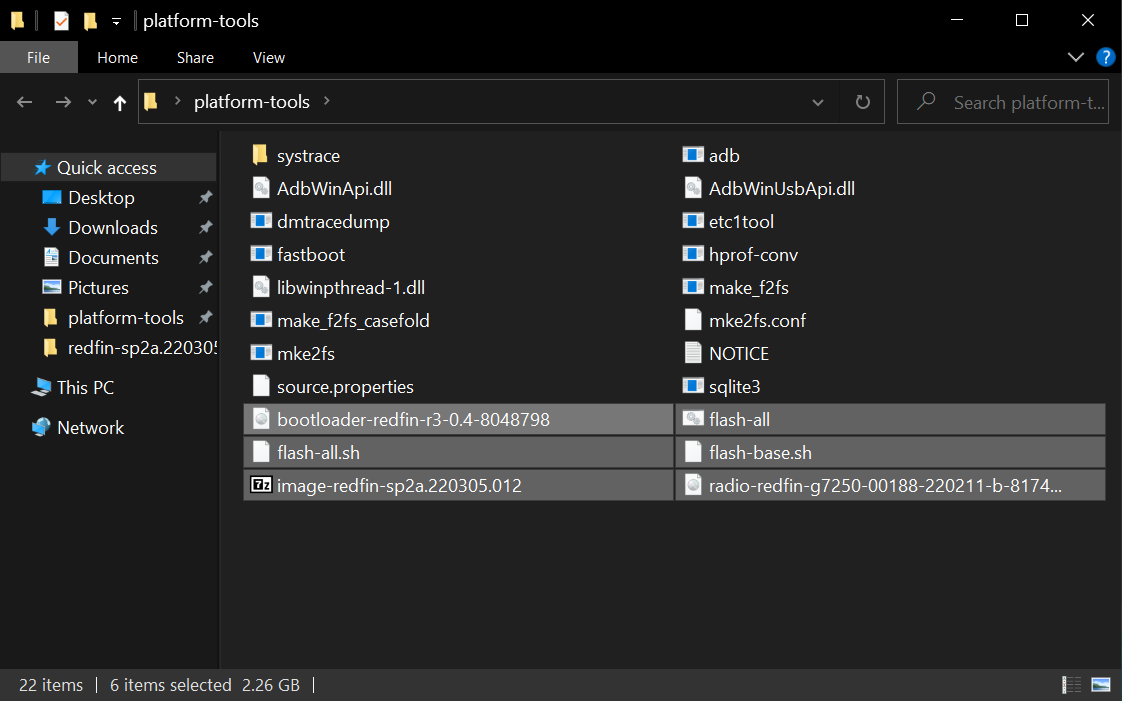
Once the required files are in the platform-tools folder, you can run the flash-all script (.bat for Windows). It'll start installing the entire system image for you, perform a factory reset, and then reboot automatically when it's finished. You now have the latest version of Android 12! You can go through the initial setup process and restore your device to how it was before you installed the preview build.
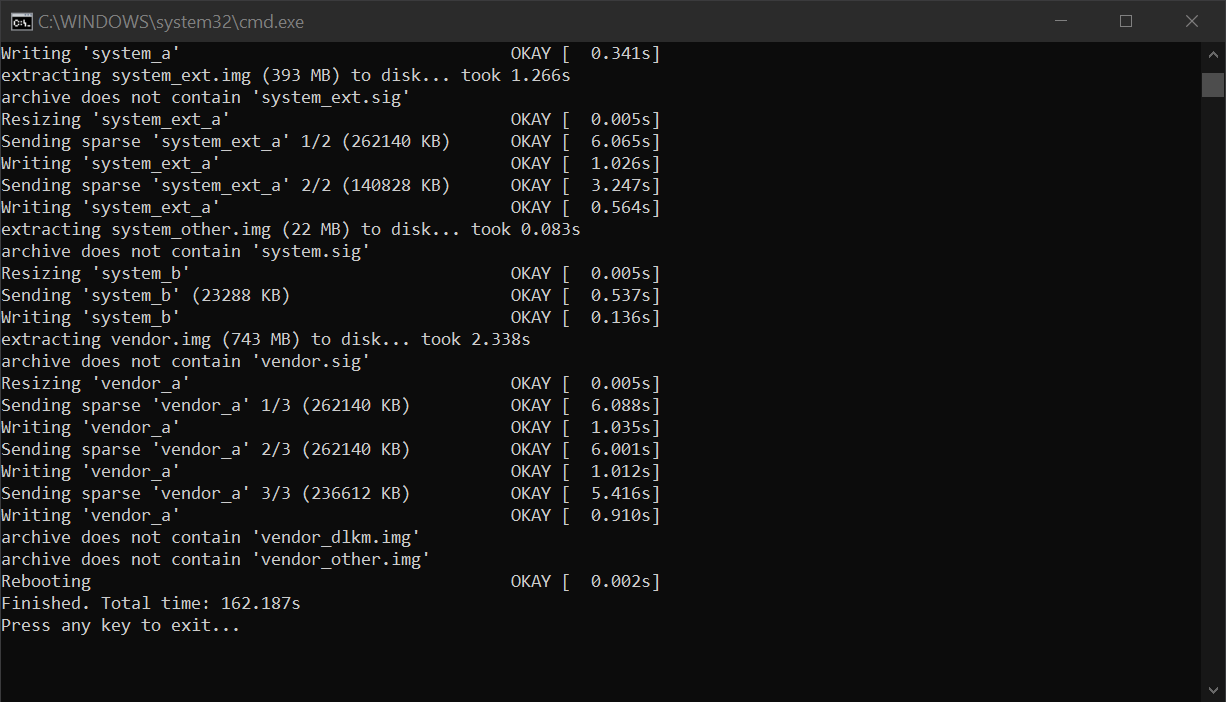
If you had root access while testing Android 13, now is the time to grab the boot.img file and patch it through Magisk.
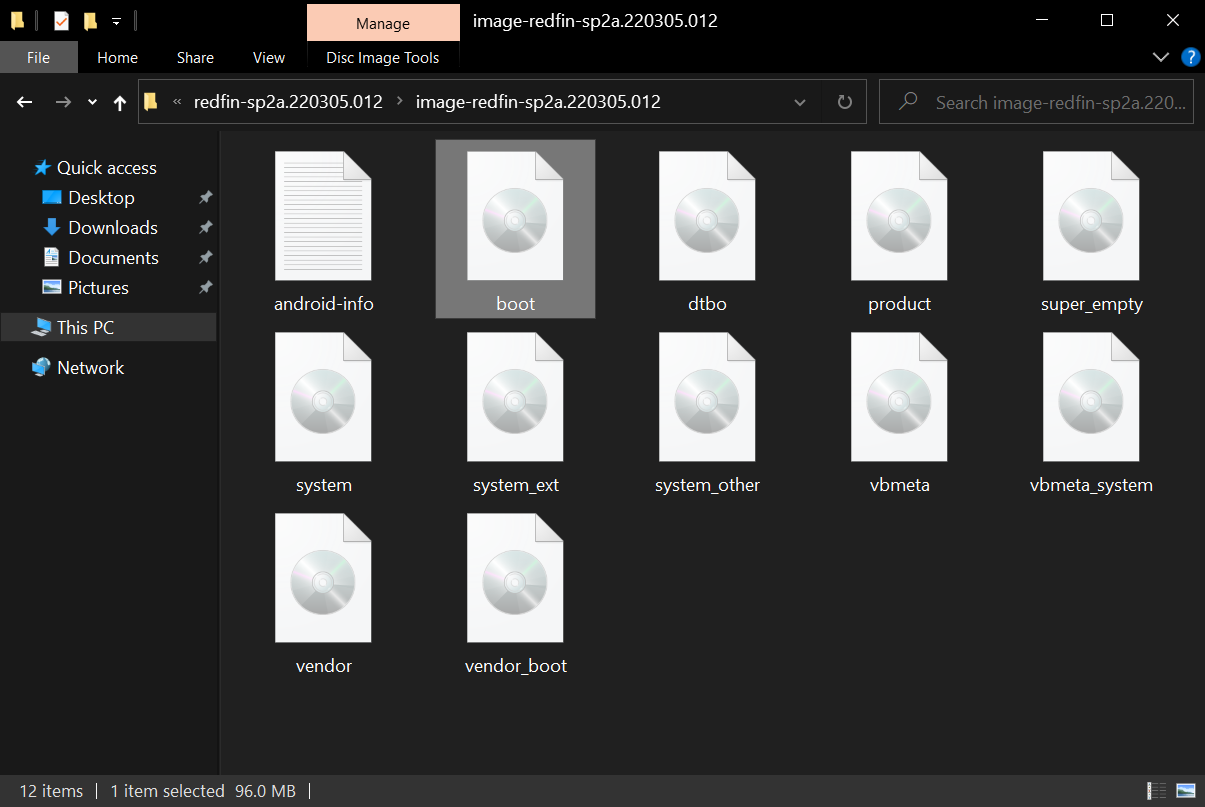
Now that you know how to reinstall Android 12 after testing the Android 13 preview build, you might be more interested in its future releases. Google will be launching a proper public beta for Android 13 soon, with more versions to follow in the coming months, so keep an eye on the news coverage. In the meantime, this early preview will have to do until we get our hands on the first official public beta of Android 13.
"Android" - Google News
March 25, 2022 at 07:00PM
https://ift.tt/Fl9HKvx
How to uninstall the Android 13 Developer Preview - Android Police
"Android" - Google News
https://ift.tt/v7sUiXa
https://ift.tt/BvIKTYH
Bagikan Berita Ini
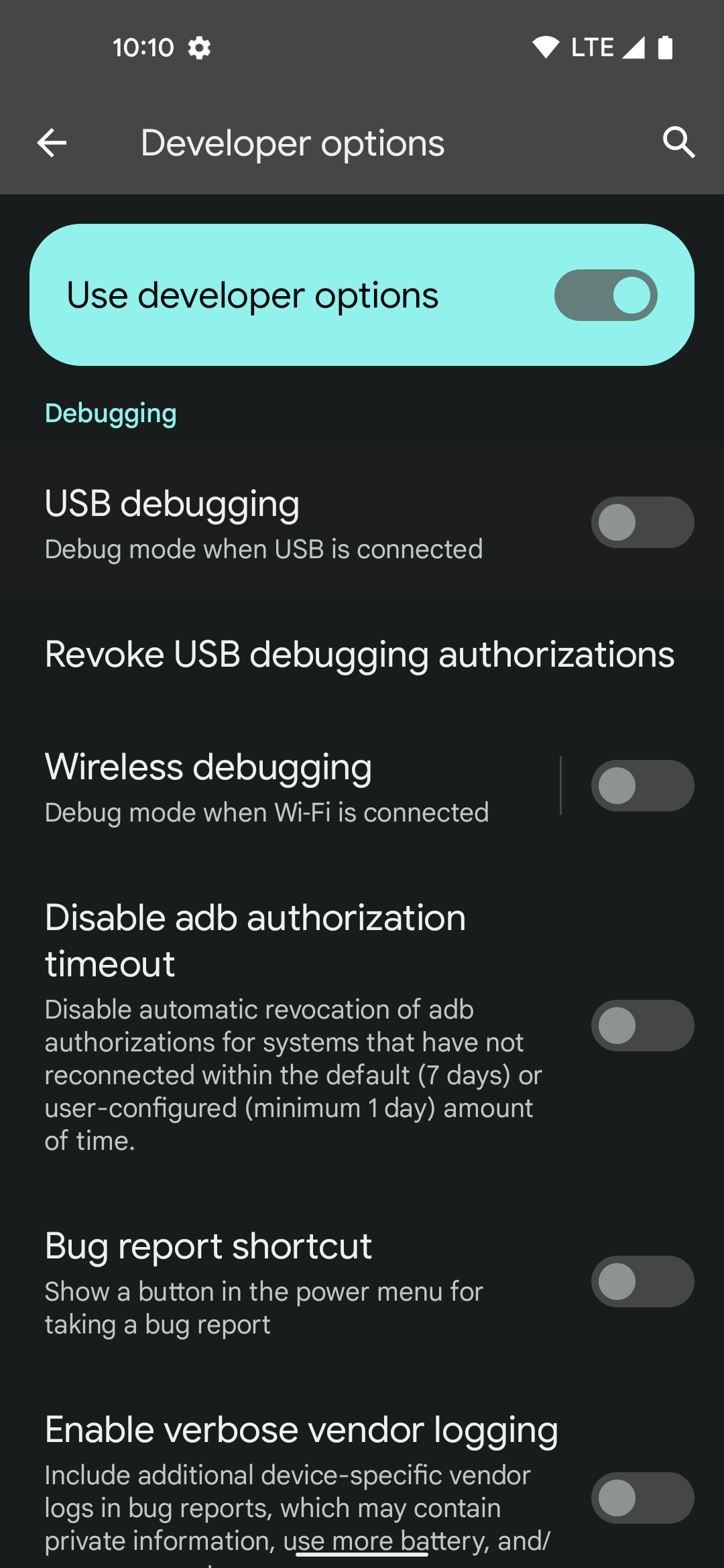
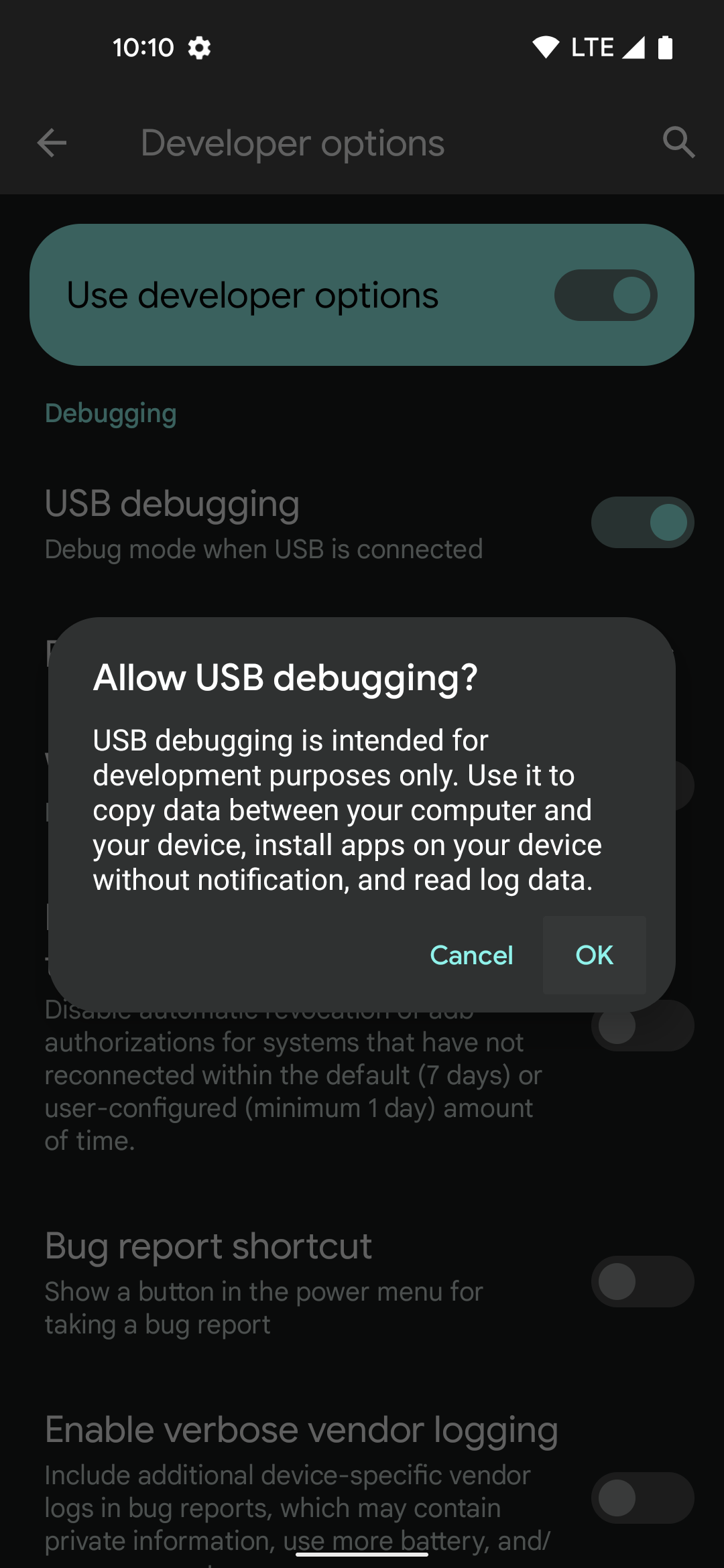
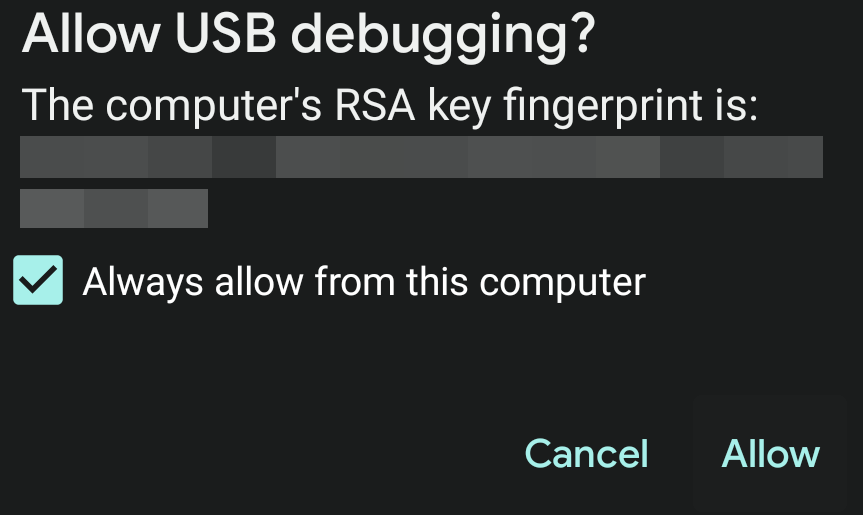
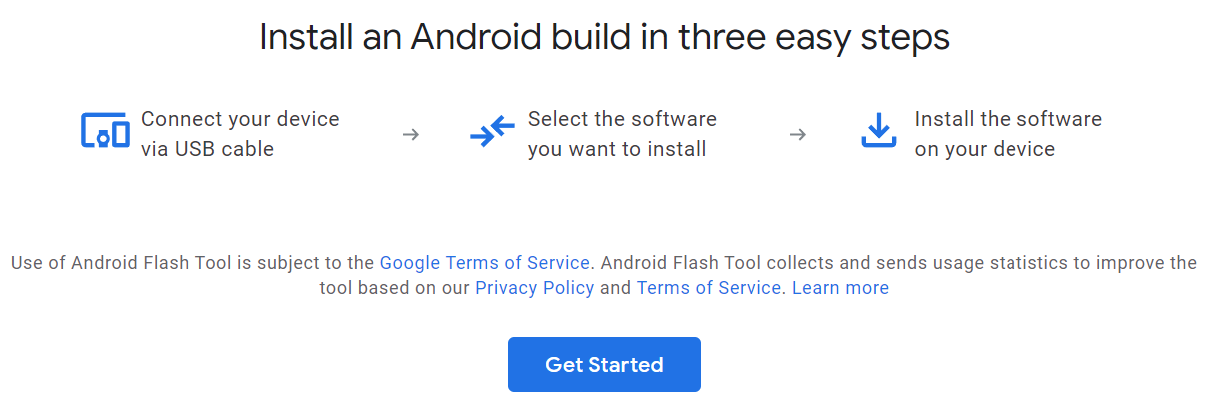
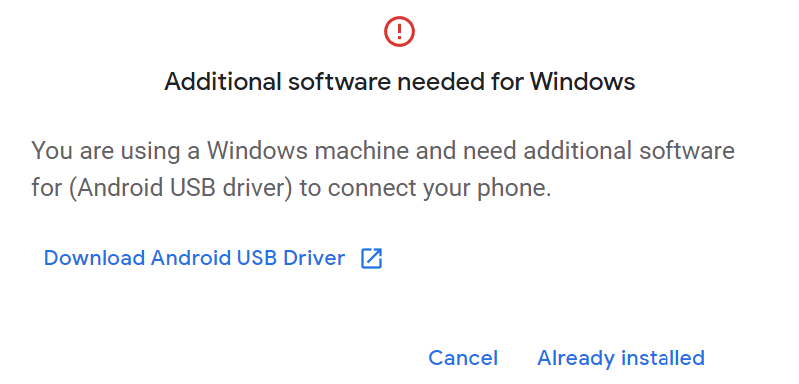
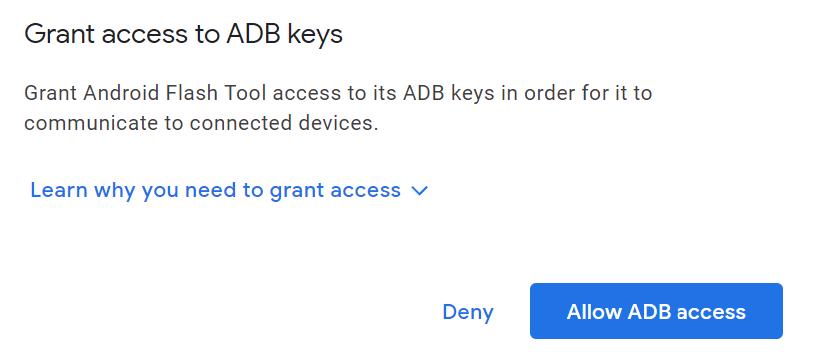
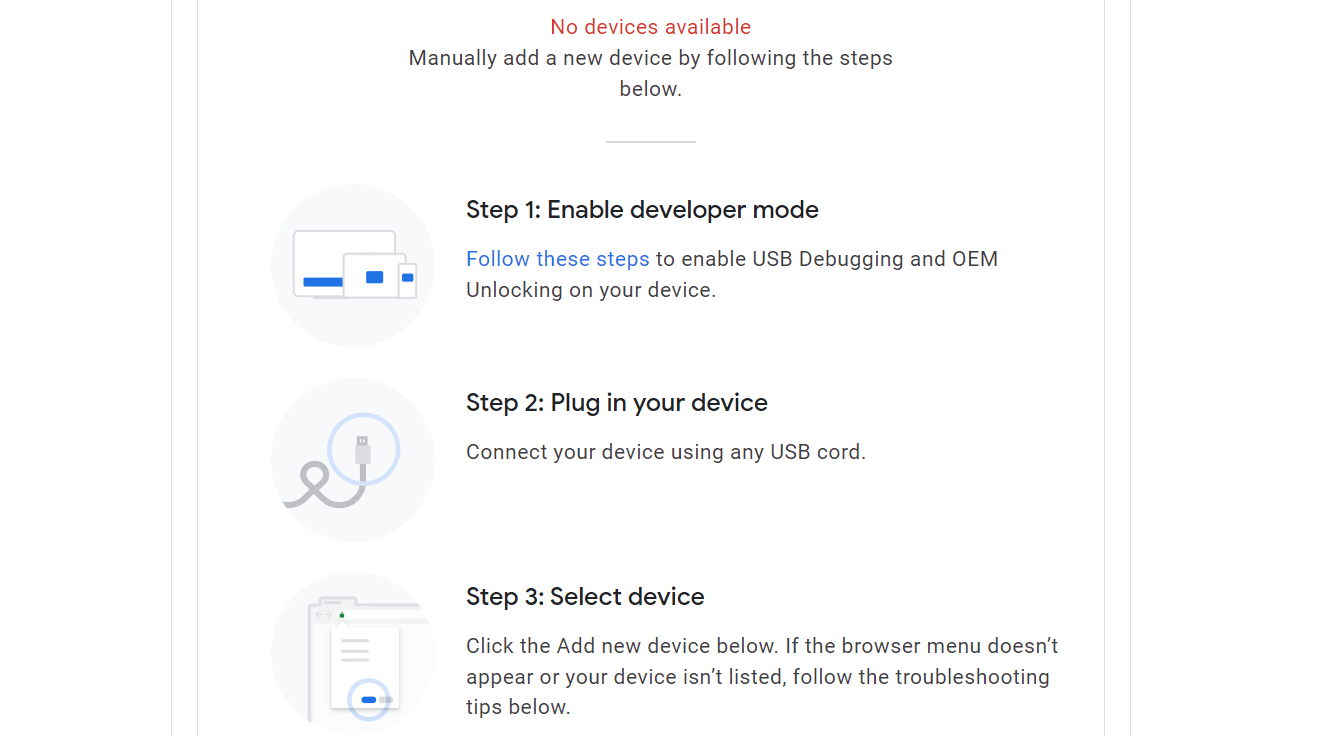
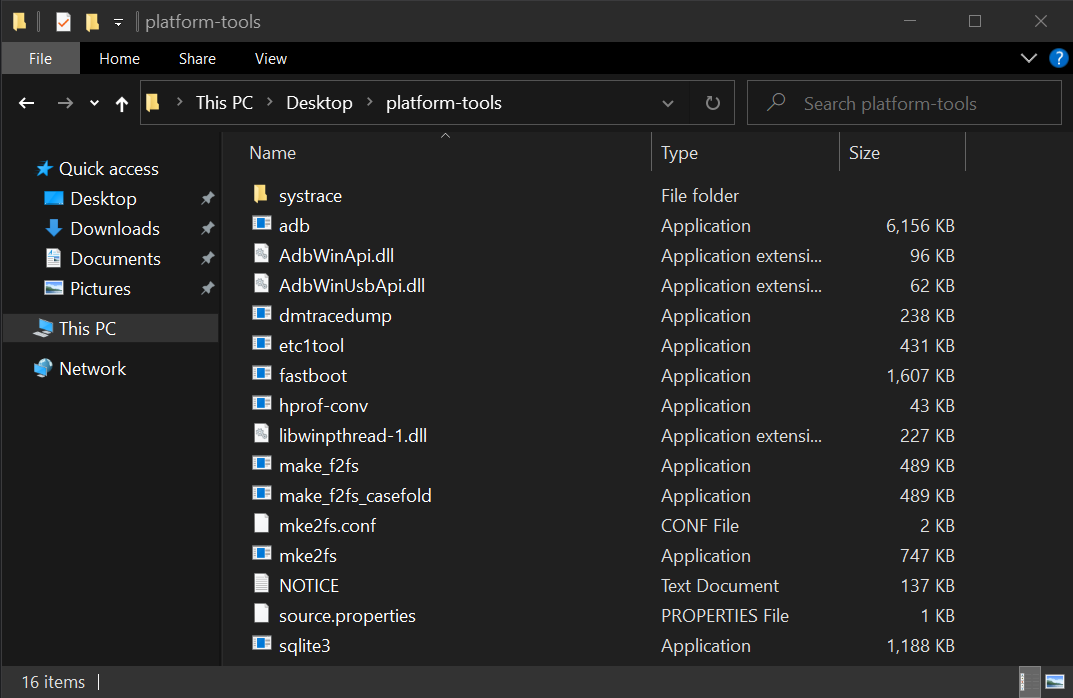
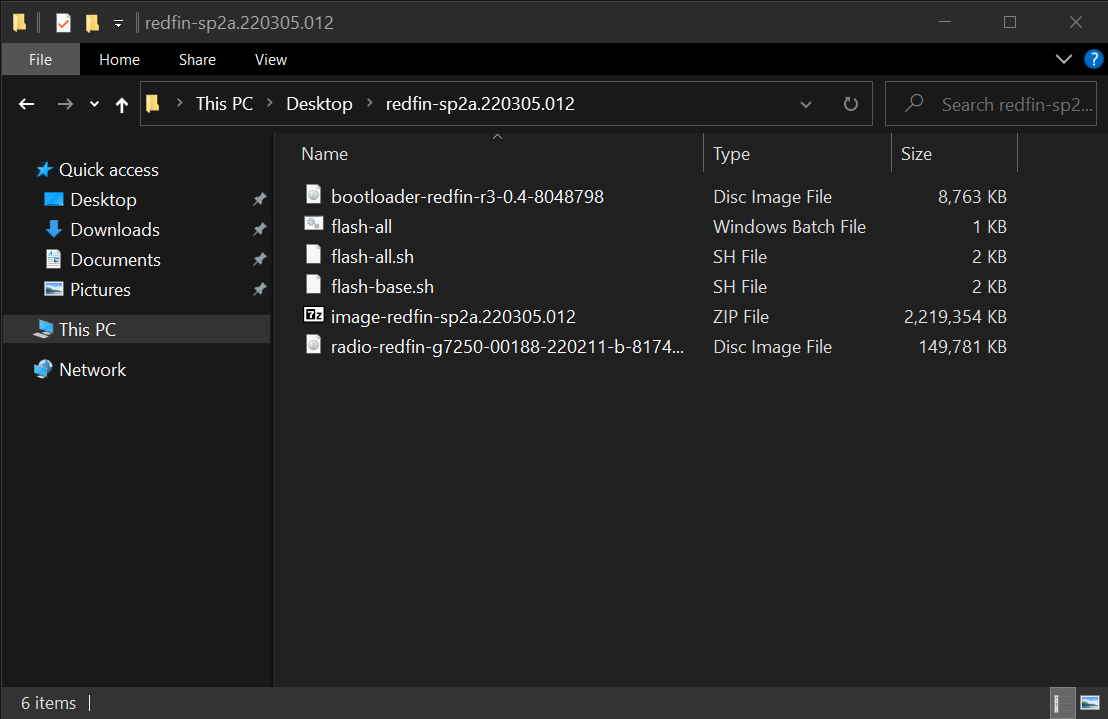
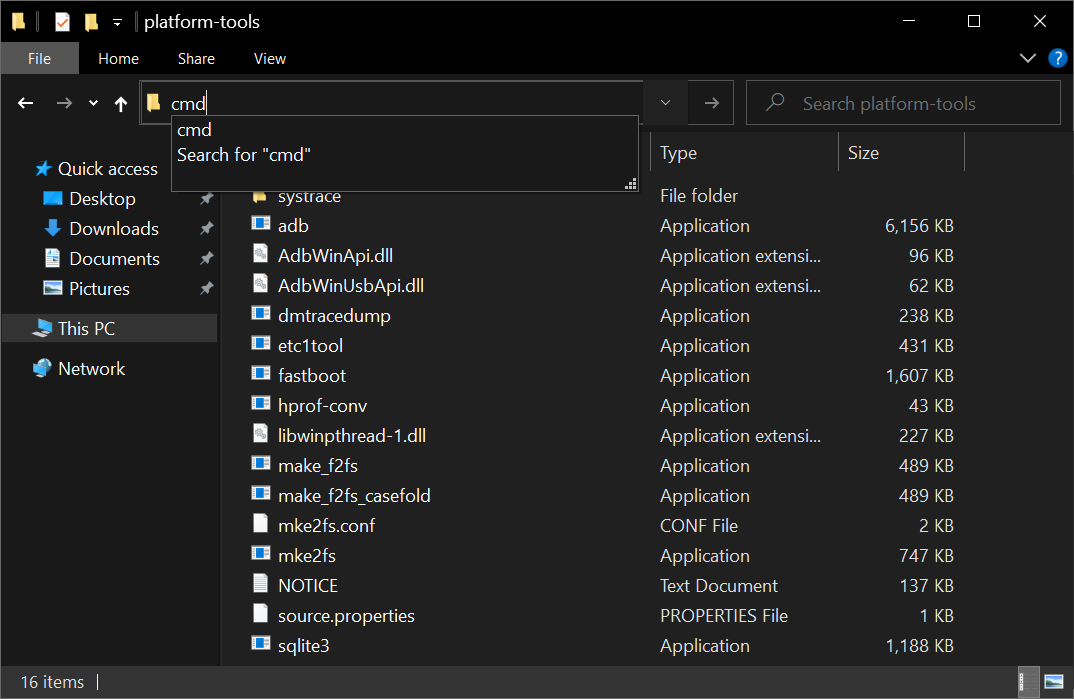
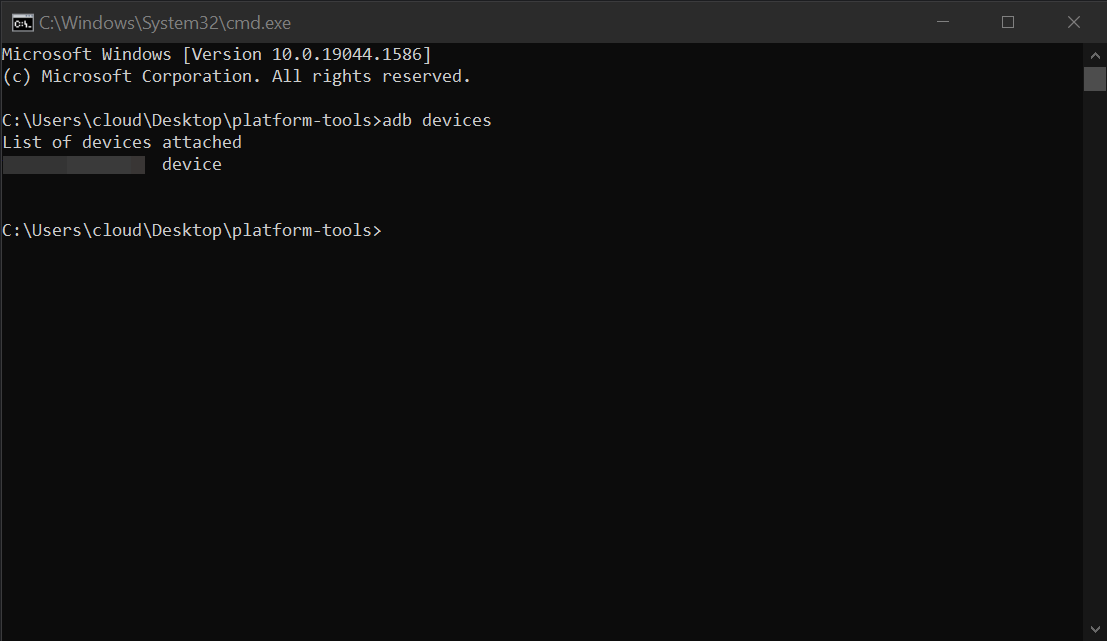
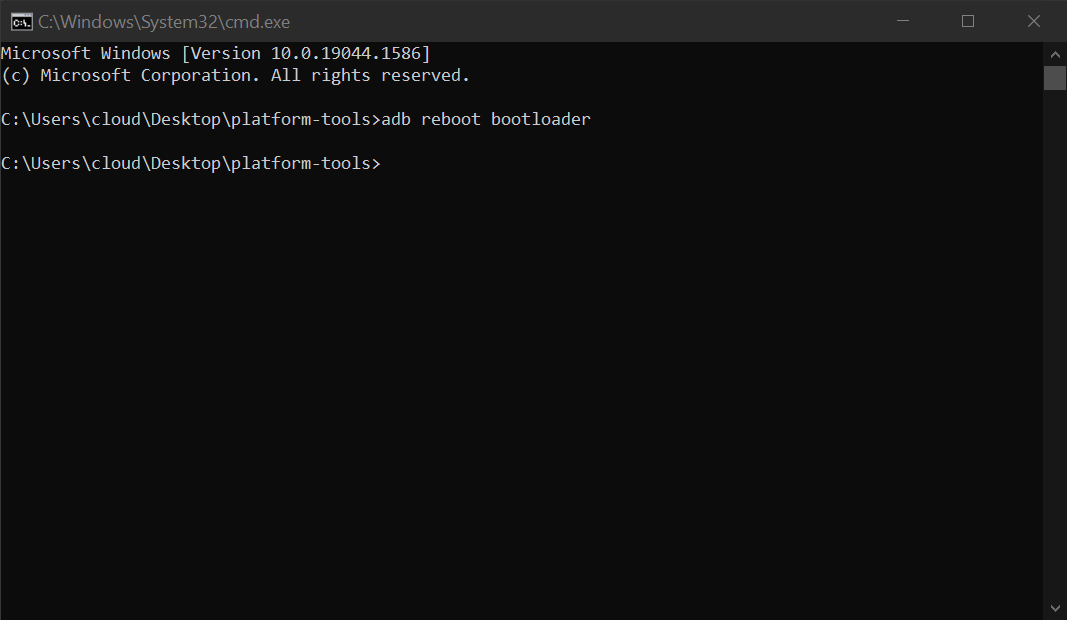
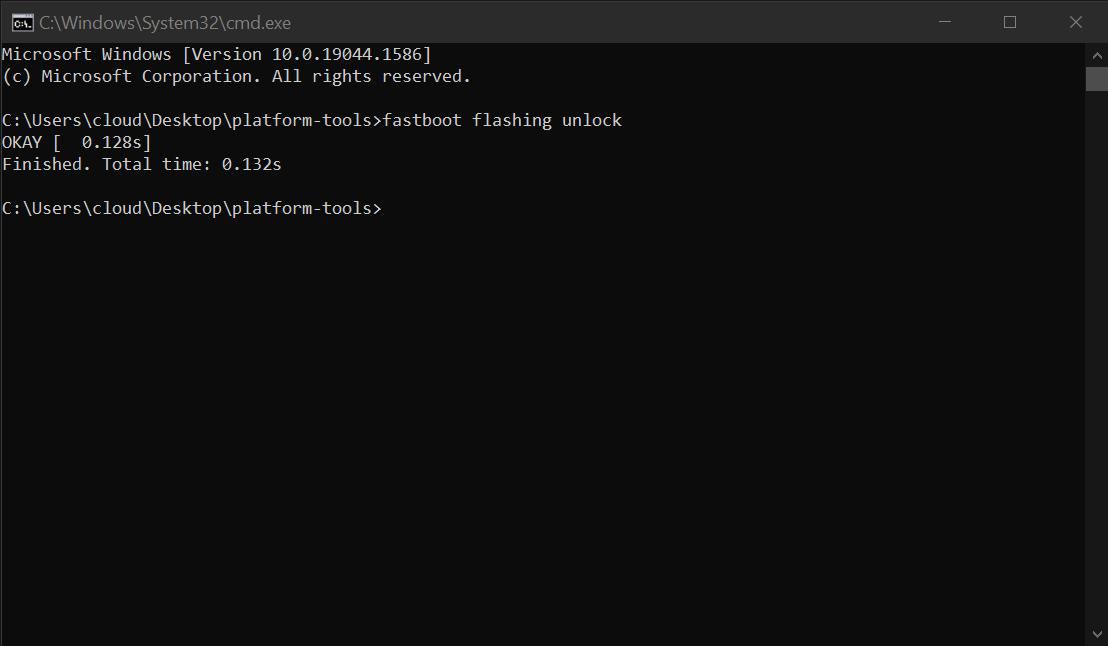

















0 Response to "How to uninstall the Android 13 Developer Preview - Android Police"
Post a Comment